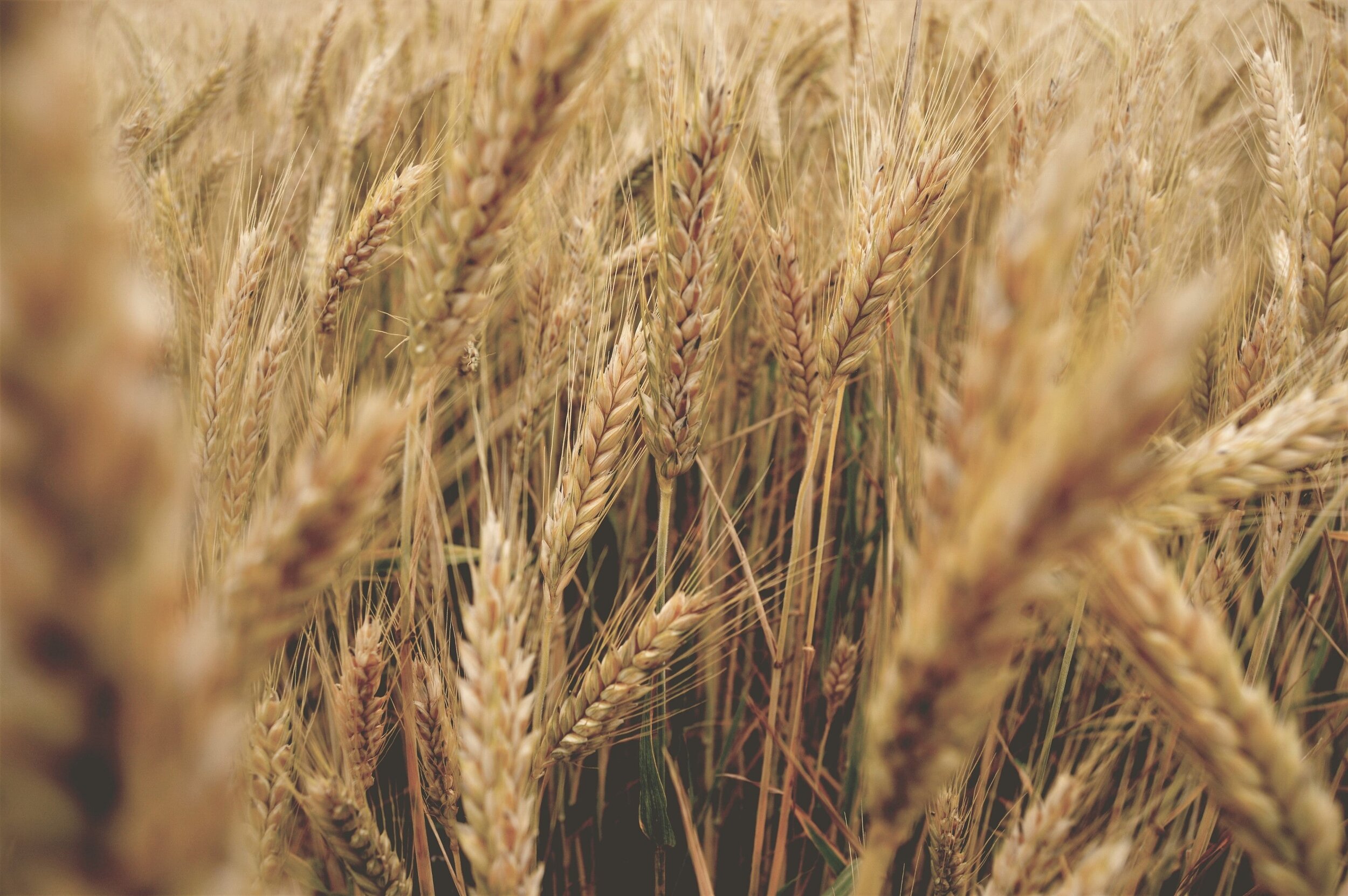The Mill Site
In 2020, we opened The Mill Site, a non-profit 501(c)3 wholesale stone mill, next door to the Moxie Feed + Seed. Inspired by our work with the Colorado Grain Chain, the mill is dedicated to providing high-quality flour at a lower markup to chefs, bakers and other artisans across the Front Range. By increasing access and growing market demand, our goal is to develop a sustainable distribution model for more flavorful, nutritious and healthful grains.
We source directly from family farms across Colorado, Kansas, Nebraska, Montana, North Dakota and South Dakota, prioritizing pre-industrial varieties for their nutrient density and complexity of flavor. Once milled, we proudly supply fresh flour to dozens of local businesses, from award-winning restaurants, to neighborhood pizzerias and cafes.
If you are interested in either selling or sourcing grain through The Mill Site, please email milling@moxiebreadco.com for more information.
—
Below is a selection of the grains that we regularly offer for purchase. We also mill heirloom varieties of corn when seasonally available. Please note: all of the grains below are wheat products that contain gluten, though many of them have been shown to be tolerated by gluten-sensitive customers.
Turkey Red
Beloved by bread bakers for its high protein content, Turkey Red is an Eastern European wheat variety that can be traced to Crimea in the early 19th century. Mennonite immigrants brought it to the United States in the 1870, and by 1920, it was the dominant hard red winter wheat in much of the Great Plains. Significant acreage continued to be planted in Kansas through the mid-1940s, but in the latter half of the 20th century, it was gradually replaced with modern higher-yielding cultivars. We’re proud to source the majority of our Turkey Red from family farmers Demetria and Bryce Stephen, who have been practicing biodynamic agriculture for over 30 years.
Emmer
Most commonly known as farro in the US, Emmer is native to the Fertile Crescent and has been found in archeological sites dating to 17,000 BC. Higher in fiber and generally lower in gluten than modern wheat, Emmer boasts larger kernels than einkorn and a delicious flavor. It can be milled for bread and AP flour, cooked as risotto or added to grain bowls, and is also wonderful as hot cereal.
Red Fife
Named after Canadian farmer David Fife, this heirloom variety is originally thought to originate in the Ukraine or Poland. From 1860-1900, it became the standard wheat in Canada, due to its ability to grow in harsh northern climates and its plump, flavorful kernels. Red Fife is particularly excellent as whole-grain bread flour, due to its nutty, fresh wheat flavor, satisfying crumb and caramel-colored crust.
Clark’s Cream
This hard white winter wheat was “discovered” in 1912 by 15-year-old Kansas native Earl Clark. He is credited with cultivating the “Blackhull” variety that made up at least one third of Kansas wheat crops in the 1930s. The “Clark’s Cream” heirloom seed was officially released in 1972, tracing its lineage back to these earlier crops. We particularly love using this light-colored wheat in our sourdough bread. The color is so subtle that you barely notice the presence of whole grain flour, but it’s all there.
Ethiopian Blue-Tinged Emmer
This Emmer wheat is Abyssinian in origin, with our specific variety being sourced from modern-day Ethiopia. It’s dark purple-brown seed and tea-like aroma can be credited to it’s unusually prominent antioxidant qualities. As whole wheat flour, it is chocolate-like in color, and imparts a similar depth of flavor. In cooking and baking, it is similar to durum wheat and particularly useful for single-rise breads and whole wheat pastas.
Einkorn
Also known as farro piccolo, Einkorn is one of the earliest cultivated forms of wheat, having first been domesticated about 10,000 years ago. Compared to modern wheat varieties, its petite kernels offer a rich, nutty flavor and higher protein content. Bread made from Einkorn often has a distinctive sweet flavor, making it a judges’ favorite in our tasting panels. As a softer spring wheat, it can also be roasted and seasoned to eat (similar to sunflower seeds) or added to cookie and dessert recipes in place of oatmeal.
Spelt
Spelt or “farro grande” is a winter wheat variety that has been cultivated since approximately 5000 BC. It’s even mentioned in the Bible, and remained an important staple in parts of Europe from the Bronze Age to medieval times. Today, it survives as a relic crop in Central Europe and northern Spain, but has also gained popularity due to its “superfood” nutrient density, nutty sweetness and high fiber content. Individuals experiencing wheat sensitivity may better tolerate spelt, as its protein levels differ from other wheat varieties. It does not have the ability to form as strong of a dough or hold as much water, but is well worth the added effort.
White Sonora
White Sonora is one of the oldest wheat varieties in North America, known to be grown in Sonora, Mexico since at least the 1700s. A soft winter wheat, it is particularly well adapted to semi-arid climates, such as those of the Sonoran Desert in California and Arizona. The flour is prized by bakers for its rich, sweet and earthy flavor—similar to that of whole wheat flour—but with the low protein content we associate with white, all-purpose flour.
Kamut Khorasan
Known more widely as “Kamut”, this ancient grain is believed to hail from the region surrounding modern-day Iran. With a seed that is twice the side of modern-day wheat, Kamut is known for its rich, nutty flavor and golden color (similar to semolina flour), and can be used in a wide range of whole grain baking applications. Championed by grain advocate Bob Quinn, Kamut has been shown to produce an anti-inflammatory response in humans, whereas most wheats produce varying levels of inflammation in the body.
Rouge de Bordeaux
A hard red spring or winter wheat, Rouge de Bordeaux first gained fame for fueling Napoleon's troops as they marched across Europe. Known for its "beardless" quality and ability to adapt to a wide range of soils / climates, this variety is striking in the field, often growing to five feet tall. Since the 19th century, French bakers have prized the grain for its high-quality gluten, which provides an elastic and velvety texture in bread, as well as a nutty, sweet flavor with subtle notes of cinnamon.
More Heirloom Grain Education & Resources
Colorado Grain Chain
Grain by Grain by Bob Quinn
“Going with the Grain” in Life & Thyme magazine




